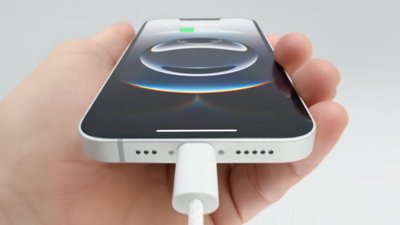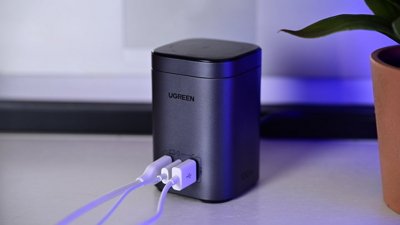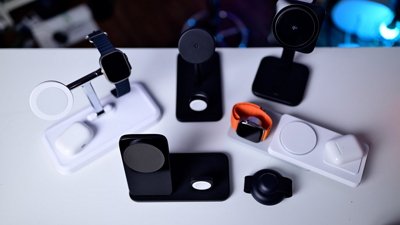MagSafe is Apple's wireless charging system for the iPhone 12 and later. That system includes built-in magnets on the iPhone that pairs with magnets found in accessories, chargers, and more. It is also a marketing term for MacBook chargers used from 2006 to 2017, then revived in the 2021 MacBook Pro lineup.
The iPhone MagSafe system uses a ring of magnets that fastens accessories to the back of the device. The effect is similar to how the Apple Watch magnetically attaches to its charger.
Apple first announced MagSafe for iPhone 12 at the "Hi, Speed" event on October 13, 2020.
The MagSafe accessory ecosystem may be what Apple opted to make instead of the canceled AirPower. While it's a different approach, it has a similar goal of removing user friction from charging.
Apple's first iPhone since iPhone SE 3 in 2022 without MagSafe was the iPhone 16e in 2025. The feature was likely cut for cost and space saving.
iPhone MagSafe Features
Magnets snap together to press the iPhone to an awaiting accessory. As the device connects to the accessory, an NFC chip notifies the iPhone of what kind of accessory just connected. This enables haptic feedback and specific animations to play when connecting accessories.
Apple shows the color of the case or wallet once connected via a small card that pops up on the screen. In iOS 14.5, a small haptic plays when the Apple MagSafe Wallet is disconnected to alert the user.
MagSafe Chargers
The MagSafe Charger, a small, puck-like charging pad, snaps onto the back of the iPhone. Accessory makers have created different stands and holders for this versatile puck.
When connected to a 20W adapter, the MagSafe Charger charges the iPhone at 15W. Users must purchase the 20W adapter separately, and it needs to meet the USB PD requirements to charge at full power.
The standard magnetic charger costs $39 and is compatible with all iPhone 12 and newer models.
Apple previously offered something called MagSafe Duo for $139. It was discontinued after the iPhone 15 launch.
Qi2
When Apple announced iPhone 15 in 2023 it shared that the series is compatible with Qi2. That means third-party manufacturers no longer need Apple certification, just Qi2 certification, to charge an iPhone 15 at 15W.
Qi2 was first announced by the Wireless Power Consortium in January 2023. Like MagSafe, it utilizes a magnetic connection to help align and secure a Qi-compatible device to a Qi2 charger. This standard was issued to improve interoperability across devices and chargers, regardless of manufacturer.
Additionally, Qi2 supports higher power transfer rates than the original Qi charging standard. Qi2 is backward-compatible with the original Qi standard.
MagSafe Battery Pack (Discontinued)
The MagSafe Battery Pack was another charging option from Apple. It had an 11.13Wh capacity, a 2,920mAh equivalent, and could charge your device at the full 15W when connected to Lightning.
Testing showed that Apple's battery pack charged at about 5W originally but was been updated to charge at 7.5W via firmware released in April 2022. It could provide approximately 2,000mAh to an iPhone battery. 2,000mAh is about 55% of an iPhone 12 Pro Max battery and about 90% of the iPhone mini battery.
MagSafe is around 70% efficient, so Apple's battery pack could charge an iPhone around 2,000mAh before depleting. On the other hand, Qi charging is 50% or less efficient, so Anker's giant 5,000mAh battery can only charge an iPhone up to around only 2,500mAh.
The Apple MagSafe Battery Pack would charge at full speed when connected over Lightning to a 20W or greater power supply. If an iPhone is attached, it would provide 15W charging to the iPhone first, then replenish its battery.
Users also had the option of connecting the iPhone to Lightning with the MagSafe Battery Pack attached. This would charge the iPhone to 100%, then begin charging the battery pack through the iPhone. This mode was intended for uses like CarPlay or other accessories that provide power.
Apple discontinued the MagSafe Battery Pack after the iPhone 15 was revealed with USB-C. It isn't clear if a new version of the battery pack with USB-C will ever be released.
Third-party MagSafe-compatible battery packs offer much greater charging capacities but with some drawbacks. Battery packs, like one from Anker, are much thicker and charge at 5W or 7.5W. They also offer 5,000mAh capacities for much more power but much less efficiency.
Case, Wallet, or Sleeve
Apple also built its magnetic tech into official iPhone cases. The charging accessories snap onto the cases, much as they would snap onto a case-less handset.
The MagSafe magnets are strong enough to hold the weight of the iPhone aloft, even the largest models. However, the magnets aren't so strong that they would prevent easy attachment and removal of accessories.
Apple also introduced a new type of case that takes advantage of the MagSafe system. Rather than magnetically attaching to the iPhone, it encases the device as a sleeve and locks the iPhone in place securely. In addition, because the iPhone doesn't move around inside the case, it can also display the time in a small window, tinted according to the color of the case being used.
Apple didn't renew this case for the iPhone 13 lineup, likely due to low customer demand.
Third-Party Accessories
Apple's magnetic charging tech also works with official third-party accessories. As a result, Belkin and other accessory makers have already begun flooding the market with various interpretations of the technology.
Belkin was early out of the gates with its 3-in-1 Wireless Charger. The sleek stand can simultaneously charge an iPhone, Apple Watch, and AirPods. The stand is built to hold the iPhone aloft in portrait or landscape, and it's strong enough that users don't need to worry about the device slipping off. In addition, vibrations and notifications will not cause the iPhone to detach from the mount.
The MagSafe Car Vent Mount Pro is a dash mount for the iPhone. It attaches via vent clip and can be rotated and tilted to hold an iPhone in portrait or landscape orientation. The vent mount is a simple solution without providing power since it is just a magnetic mount.
Some enterprising accessory makers have found new ways to take advantage of MagSafe. The various products include camera shutters, tripod mounts, Pop Sockets, and more.
MagSafe and the 20W Power Adapter
Users were left somewhat confused about Apple's specification requirements for achieving a full 15W wireless charge when using the MagSafe Charger. Apple says you'll need a minimum of 20W from a USB PD-compliant power adapter.
This is due to the introduction of a new 2.22 amp power profile in the USB PD 3.0 spec. That power profile and new power negotiation features led Apple to restrict the MagSafe Charger to 20W adapters.
Soon after MagSafe reached customers, users expected enough overhead to provide a full 15W charge when connecting an older 18W power adapter. However, this was not the case. The 18W power adapter uses a 2 amp power profile that cannot achieve the power necessary for a full 15W wireless charge.
Apple likely chose USB PD 3.0 because of its power-negotiation features and its ability to adjust output based on temperature. However, other manufacturers struggle to mimic what Apple's engineers did with the MagSafe design.
MagSafe in the MacBook
The MagSafe brand has gone through a strange transition period. It originally was used to refer to the magnetic charging cable used in older MacBook models, then it referred to an iPhone accessory system. Now it has returned in the 2021 MacBook Pros as MagSafe 3.
In 2006, Apple launched the initial one in the first Intel-based MacBook Pro. It included a "T" shaped male plug that magnetically snapped into the female port on the laptop's side.
The charger had connector pins with a symmetrical design that allowed you to insert the plug in either orientation. In addition, the charging plug had LEDs on both sides that display as green for fully charged and amber or red to indicate charging.
Apple switched to an "L" shaped MagSafe plug with the MacBook Air in 2008. Apple transitioned the MacBook Pro to the "L" shape in 2010.
The MagSafe 2 reverted to a thinner version of the initial "T" shape design in 2012's MacBook Air and MacBook Pro with Retina Display. MagSafe 2 was the final version for MacBooks, as Apple shifted to USB-C starting in 2015 with the 12-inch MacBook. The 2016 MacBook Pro also used USB-C.
When MagSafe 3 was introduced it brought back the "T" shape design with an indicator light. It can fast charge either MacBook Model when connected to the proper power supply. 96W are needed to fast charge the 14-inch MacBook Pro while 140W is needed for the 16-inch MacBook Pro.
The M2 MacBook Air is also compatible with MagSafe 3.
The new MagSafe cable is braided and terminates in a USB-C plug. This enables easier adapter switching and gives the user choice over which products to use.
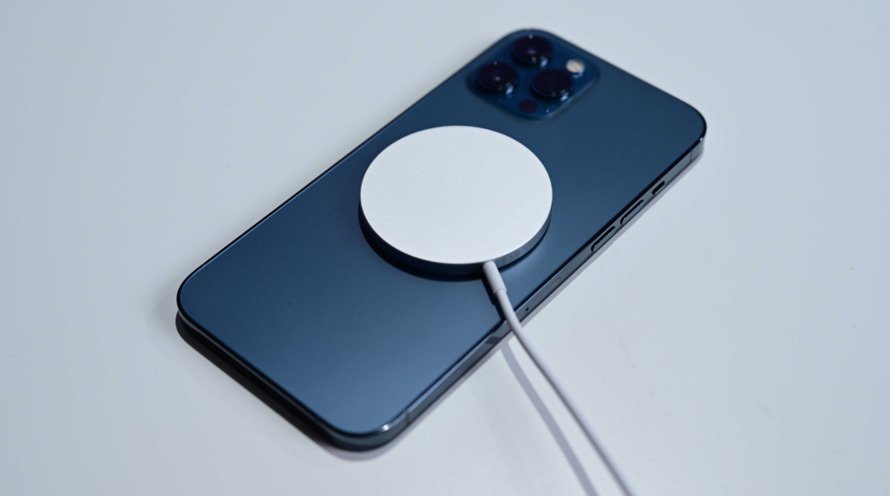
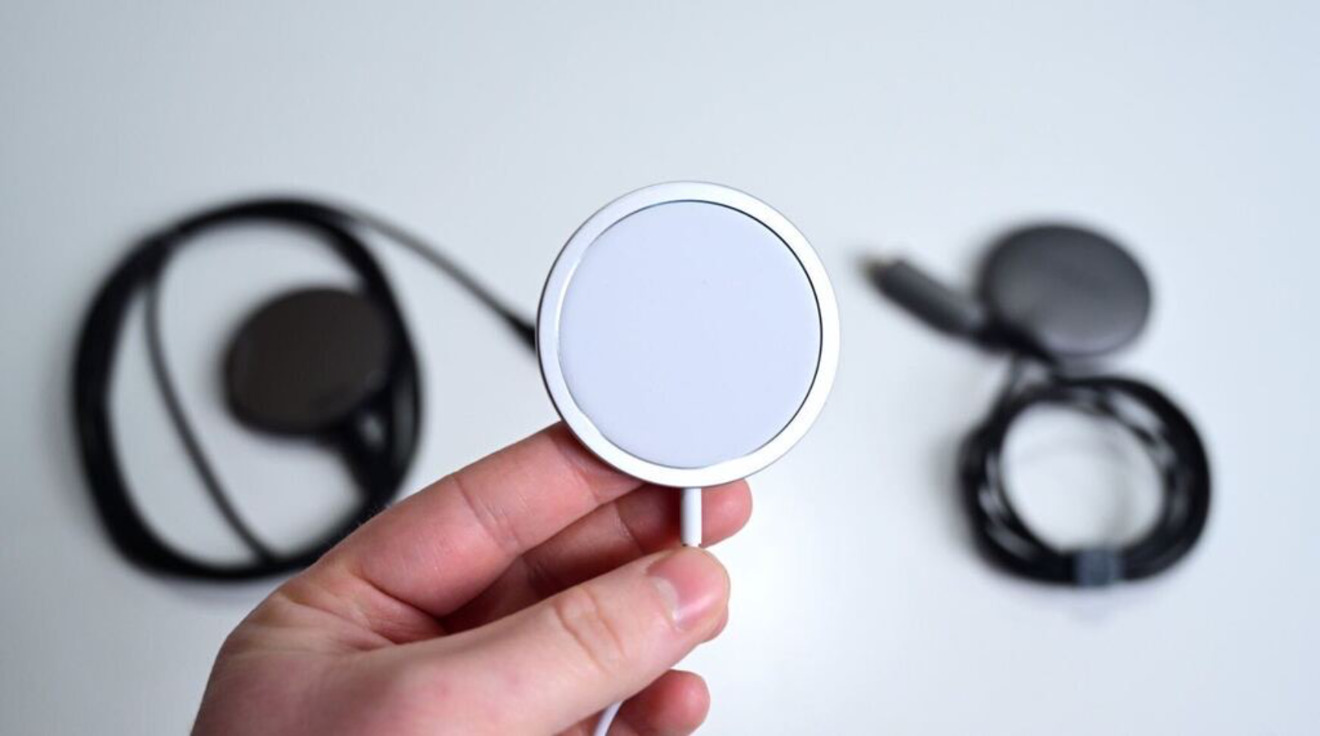
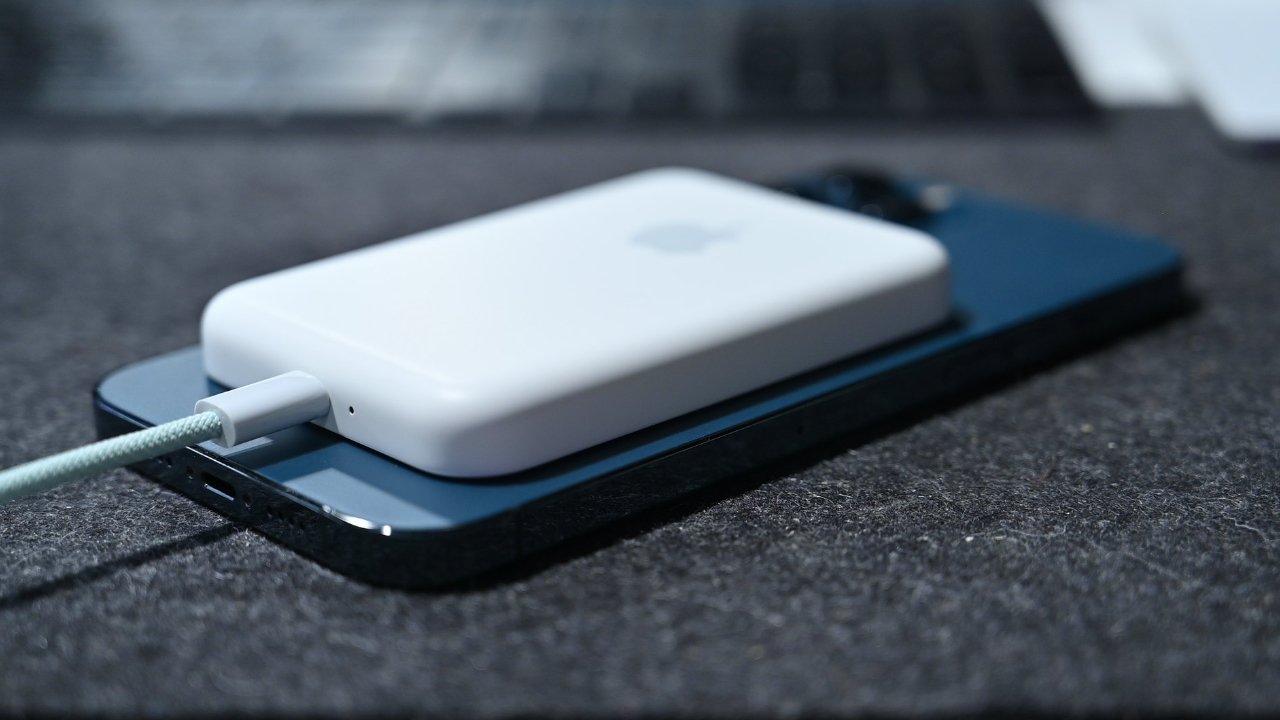
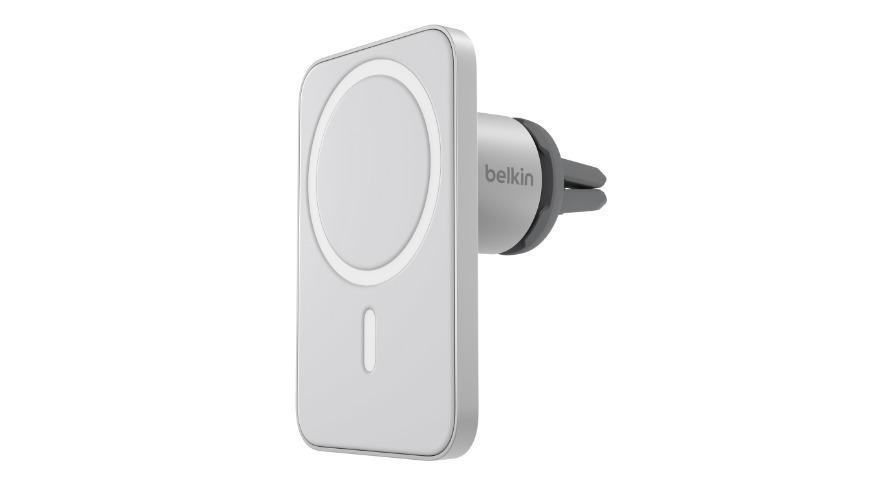
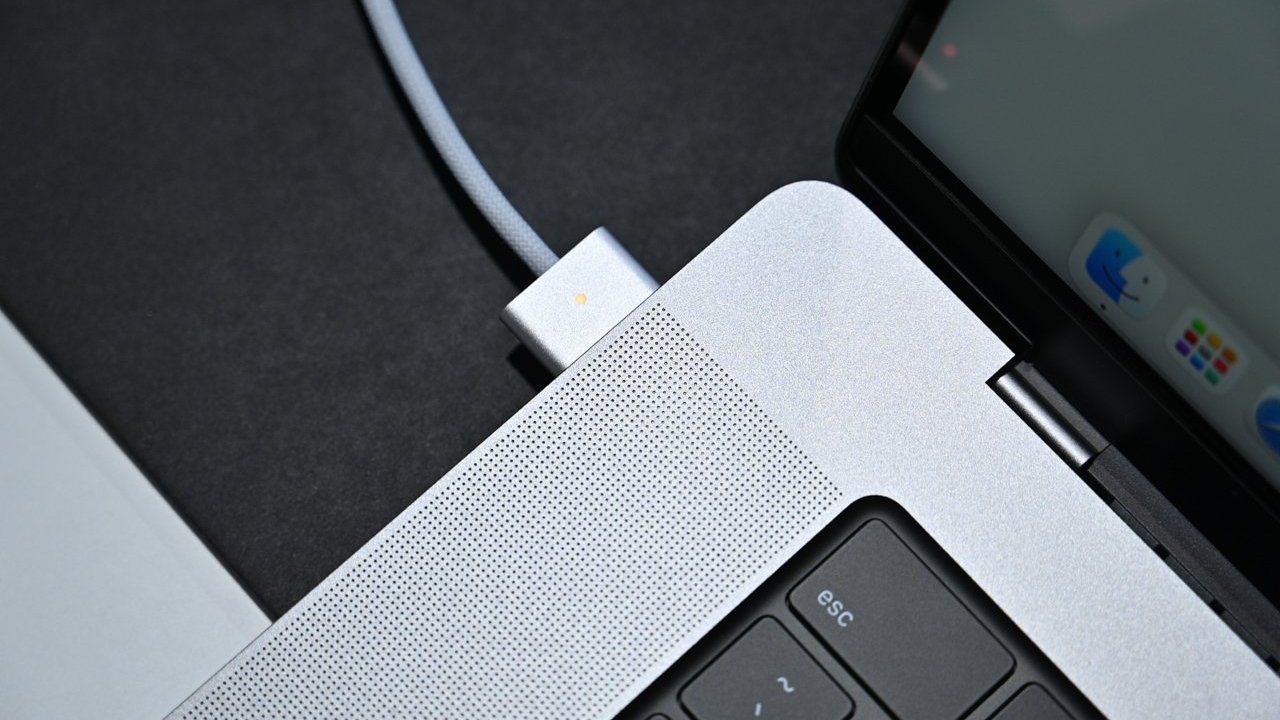
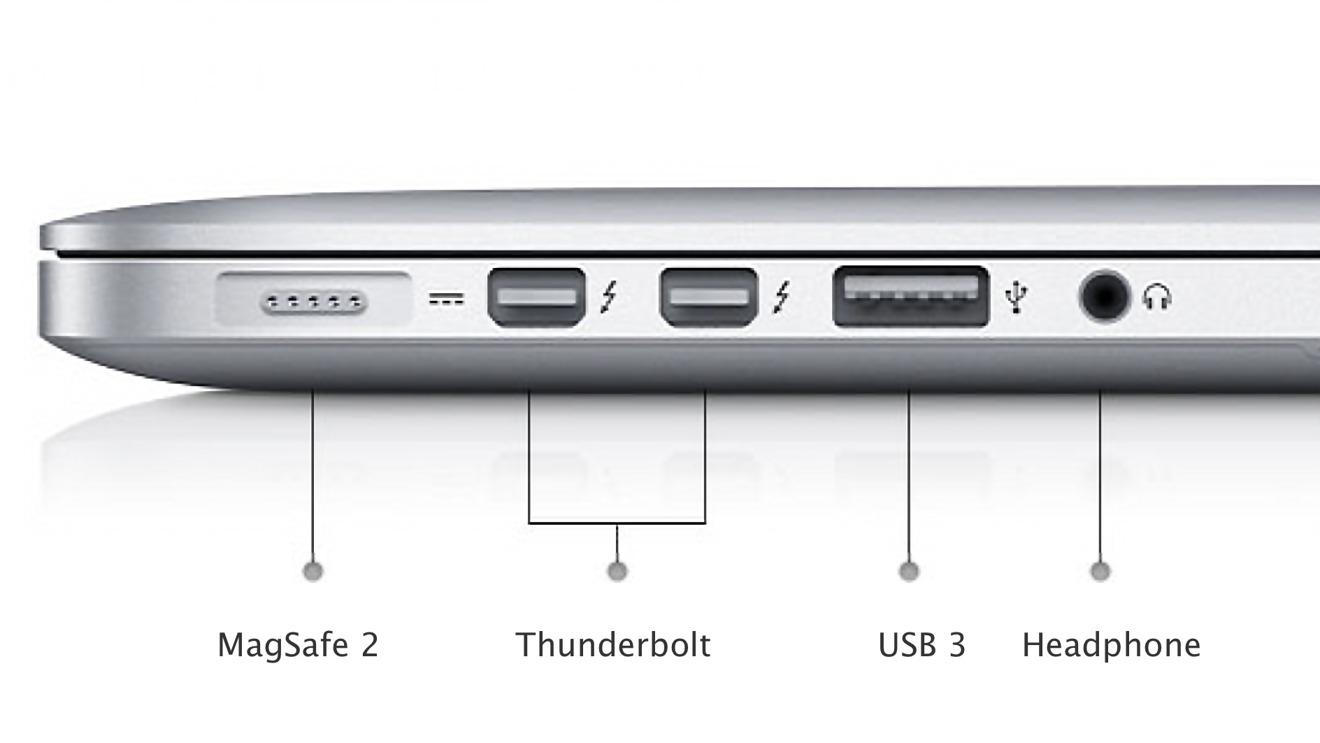
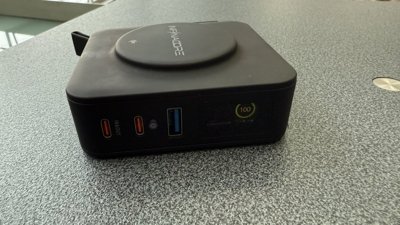
 Thomas Sibilly
Thomas Sibilly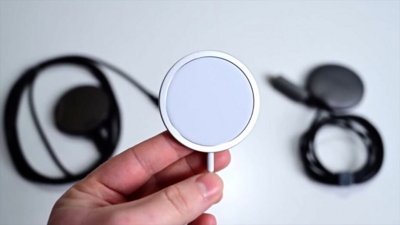
 Andrew O'Hara
Andrew O'Hara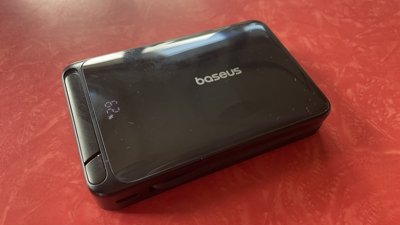
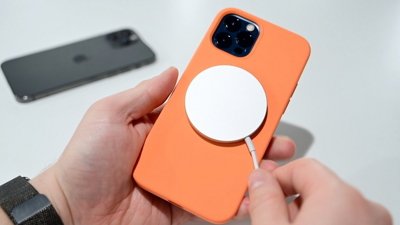
 Marko Zivkovic
Marko Zivkovic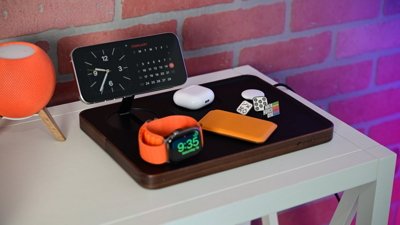
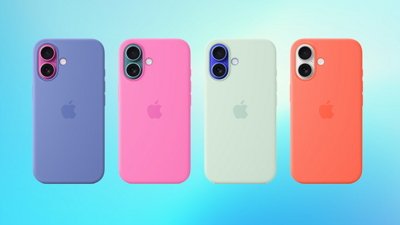
 Amber Neely
Amber Neely
 William Gallagher
William Gallagher